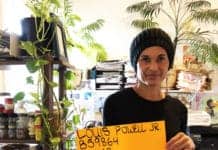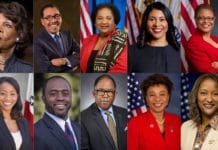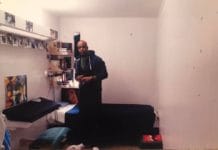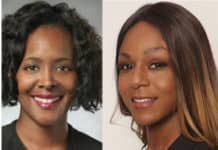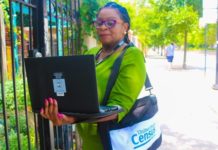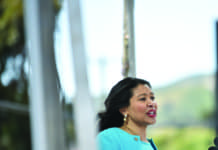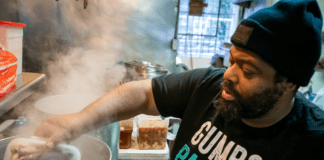
by Judy Goddess
Ten percent of Californians, almost 5 million of us, are 60 years of age or older. By 2030, our numbers are projected to grow to 8.6 million. How can we create a future that guarantees that everyone lives with the dignity and independence we all deserve? How can we ensure that older Californians have an opportunity to share their experience and skills to create a better society for all of us?
That’s the challenge Gov. Newsom laid down in his first State of the State address when he called for a Master Plan for Aging. We need, he pronounced, a blueprint to “help us understand what’s coming and guide us toward taking better care of older Californians.”
On Sept. 20, San Francisco responded. More than 1,000 seniors, people with disabilities and citizens concerned about the quality of life for California seniors turned out to offer their suggestions and listen to a panel of experts and elected officials discuss the challenges and opportunities facing the state.
Despite the sense one gets that ours is a city of young techies, over 25 percent of all San Franciscans are seniors and adults with disabilities. In fact, older people are the fastest growing age group in the city. It is expected that by 2030, nearly 30 percent of San Francisco residents will be 60 or older.
A panel of policy experts and elected officials discussed the challenges and opportunities facing the state.
While San Francisco is a leader in developing creative programs to support seniors, our high cost of living coupled with the rising cost of homecare, and the low wages paid homecare workers, makes it increasingly difficult for older people to continue to remain in the city.
Fourteen percent of San Francisco seniors live in poverty, and over 50 percent of the homeless are seniors, 44 percent of whom have become homeless in their 50s. “How can we allow someone who has contributed to society all these years to become homeless?” asked long-time senior advocate Supervisor Norman Yee, who is advocating for 300 units of residential and assisted living facilities on the Laguna Honda campus.
State Assemblymember David Chiu focused on the nearly 30 percent of San Francisco seniors who live alone, citing “villages” and other community-building efforts as remedies for loneliness and an alternative to paid home healthcare.
But villages and neighborly support has its limits. Two recent surveys by the “We Stand with Seniors” campaign found that 86 percent of voters support the state investing in more caregiver services for older adults, with 73 percent of voters saying they are concerned about their own ability to pay for long-term care.
“Fourteen percent of San Francisco seniors live in poverty, and over 50 percent of the homeless are seniors, 44 percent of whom have become homeless in their 50s.”
We do not have enough home healthcare workers to care for our frail elderly and people with disabilities. Below poverty level wages and difficult working conditions discourage many from entering the field. Of the almost 500 job seekers who attended a recent hiring fair for seniors and people with disabilities, fewer than 20 were interested in working in homecare. Addressing the lack of homecare workers is one of the biggest challenges we face.
Shireen McSpadden, executive director of the SF Department of Aging and Adult Services, stressed the importance of local flexibility. “We need the community to tell us what they want.” It’s not a one size fits all; we need to advocate for what works for San Francisco.
McSpadden also took the opportunity to introduce DAAS’ new program to reframe aging. “We need to stop thinking about the projected growth of our elderly population as a tsunami,” she cautioned the crowd. “We need to see older adults and people with disabilities as an asset, not a problem. We need to develop jobs and volunteer opportunities for older people to contribute to society. We need to reframe the conversation. This is a social justice issue.”
After laying out her goals for her supervisorial district and the city, Supervisor Fewer summed up what she wanted from the plan. “What I want out of this Master Plan is a shitload of money.” The audience exploded in laughter and applause.
It is important that all of us, not only agencies, advocates and politicians, become involved in developing the Master Plan. We need the planners and politicians to hear what we need and want. What would make our cities and communities age-friendly? Send your ideas and recommendations to #BePartofPlan or to the Dignity Fund Coalition, sfdignityfund.org. We need to be involved.
The September public forum was the first in a series of public meetings to be held in San Francisco on the Master Plan. The finished plan is due on the governor’s desk by June 2020.
Judy Goddess, a journalist who is herself a senior, writes about issues important to seniors. She can be reached at judygoddess@gmail.com.

 Store
Store




